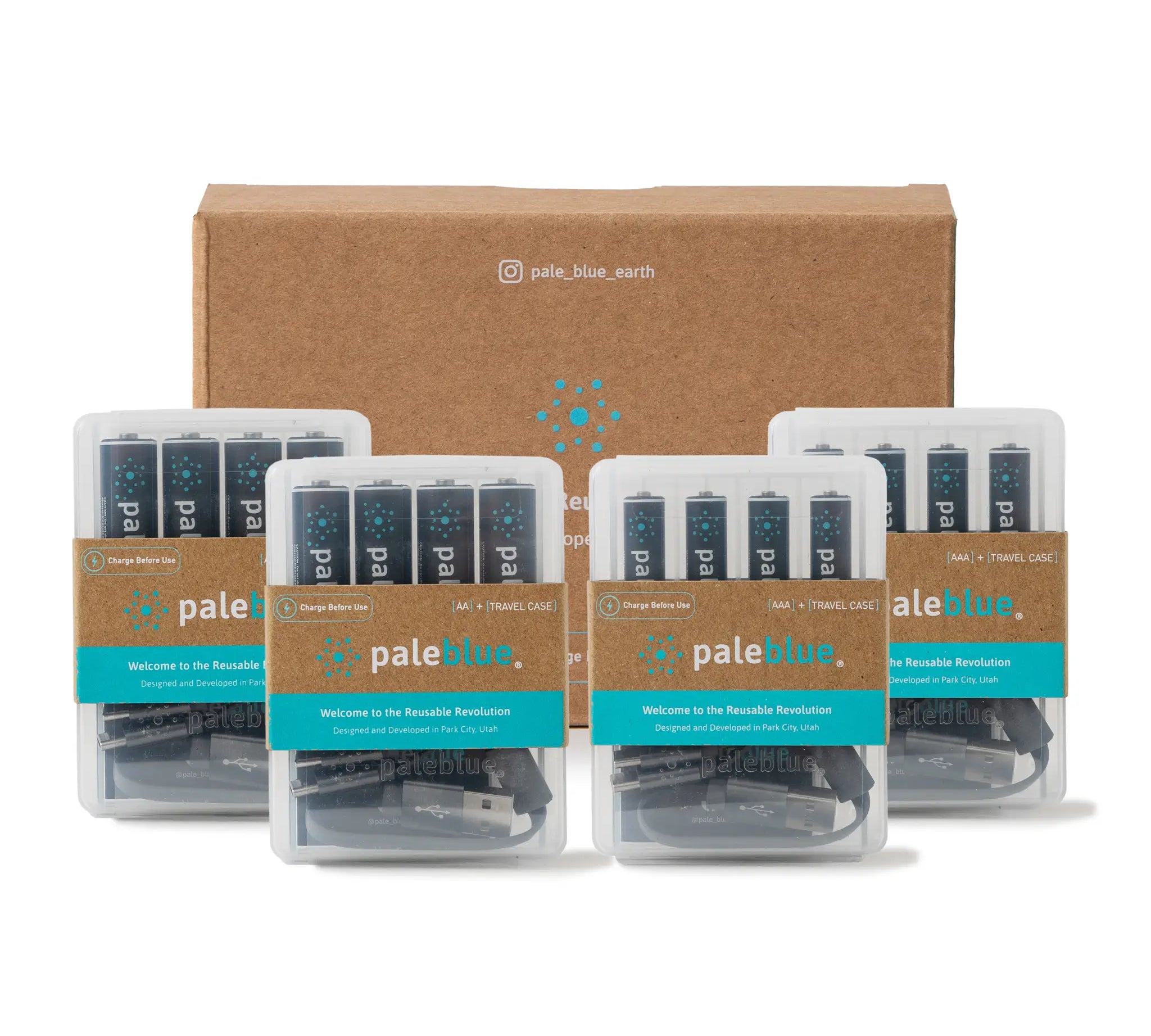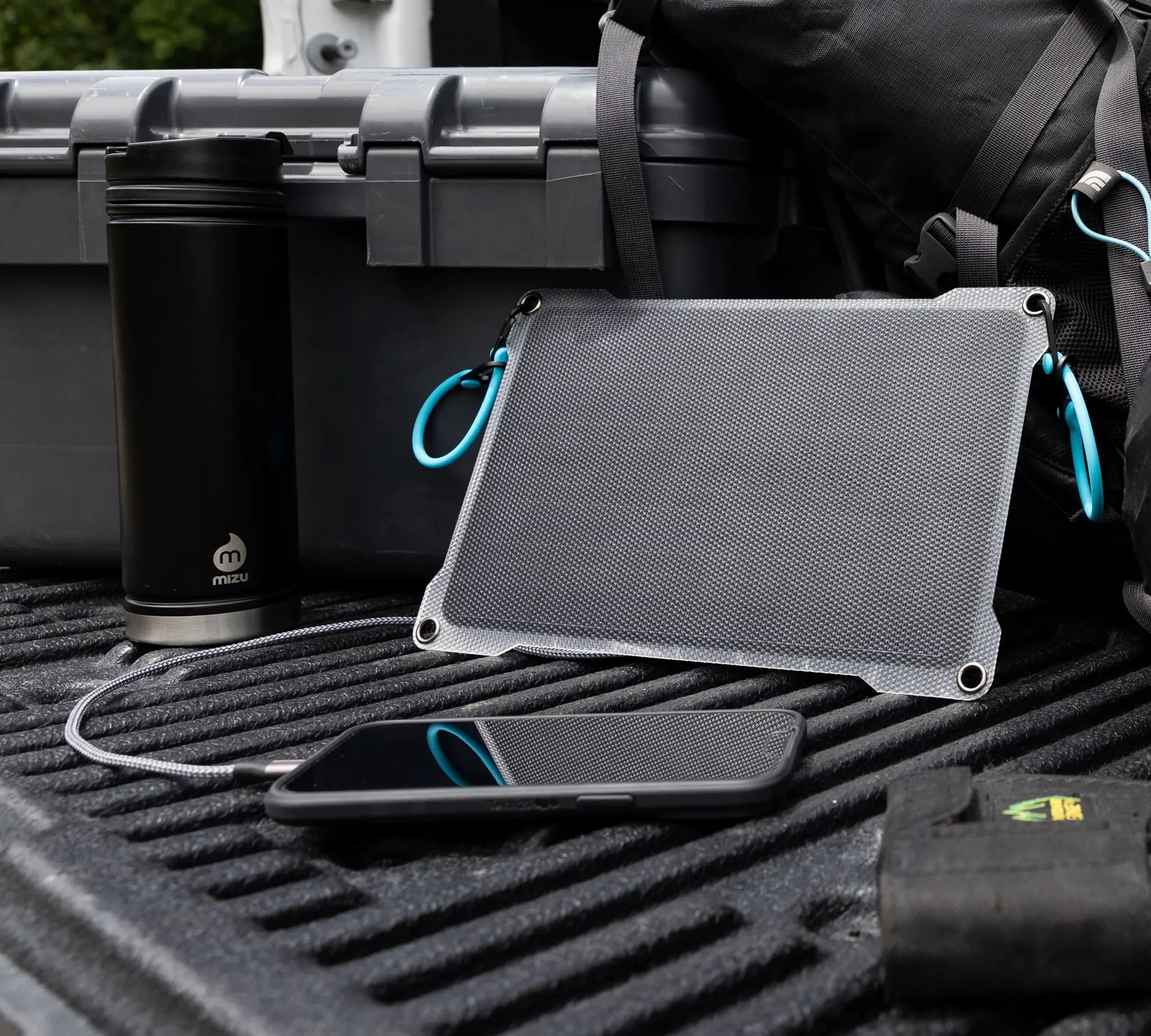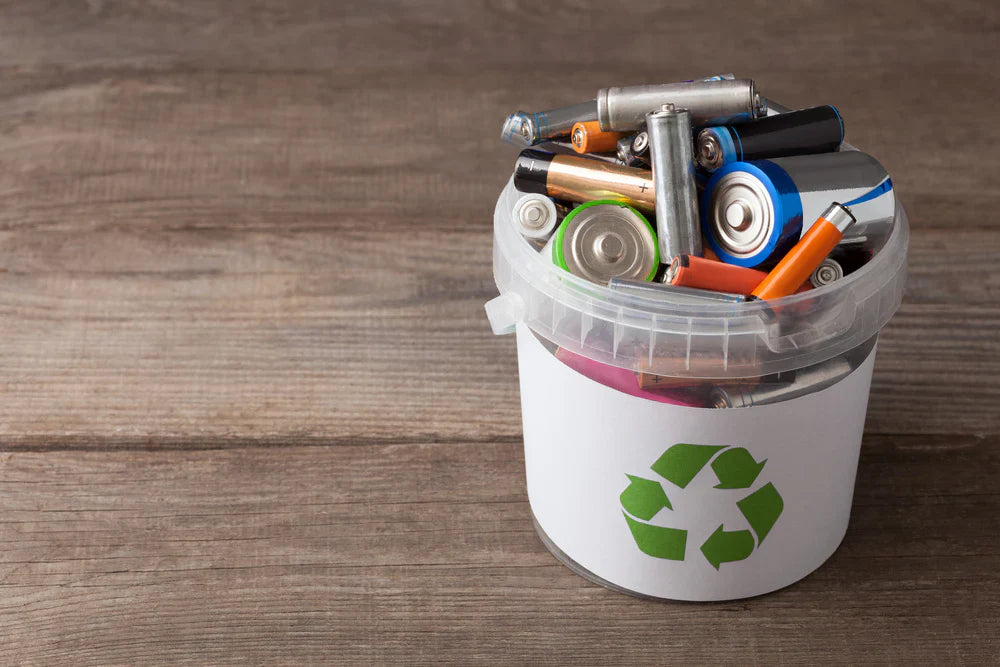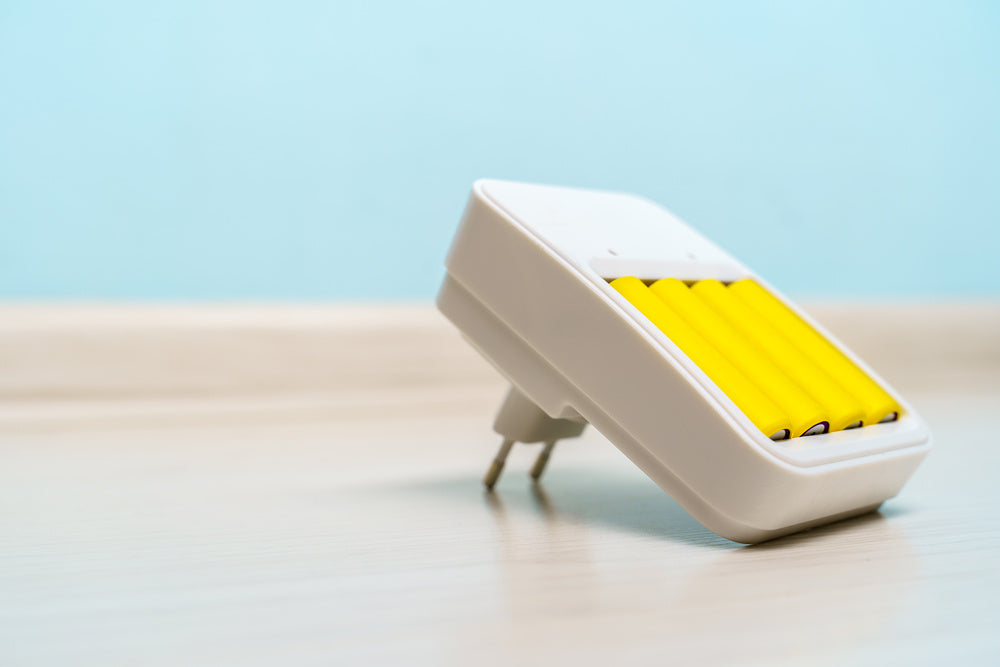What the Greenpeace Report Means for Battery Recycling
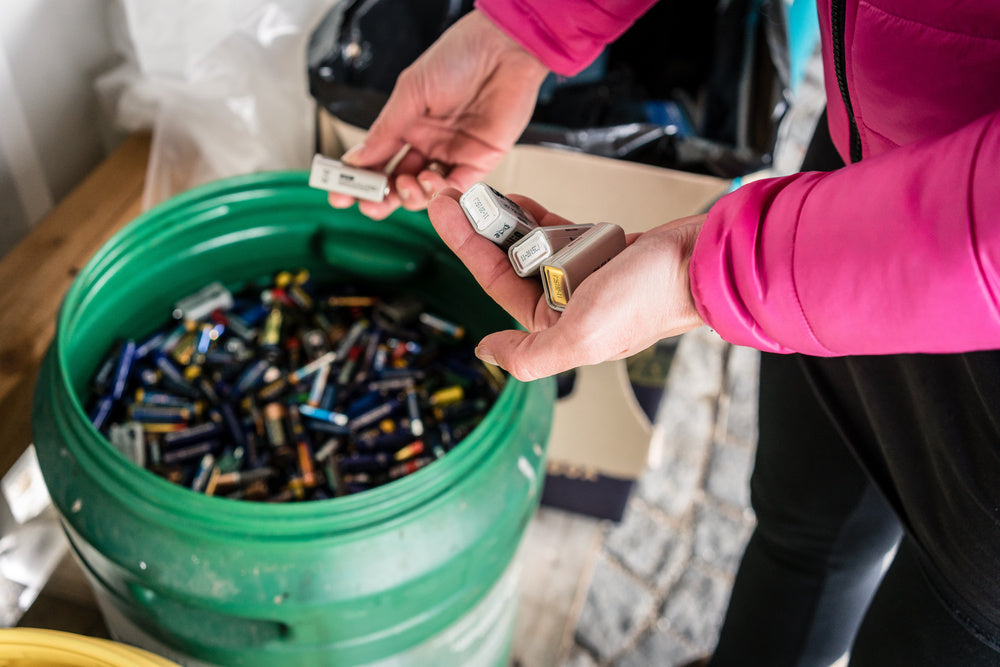
Many of us who care deeply about environmental issues were caught off guard by a now infamous Greenpeace USA report published in late 2022. The report said, in effect, that plastic recycling is a failure. Greenpeace defended their position in great detail – with plenty of data and recent evidence. If the report has influenced your thoughts about battery recycling, we hope the influence hasn't been negative.
Battery recycling is still a good thing to do. It is still the right thing to do. We hope to make that clear by explaining why Greenpeace reached the conclusions it did. The well-known environmental group is not wrong, but their report needs some context.
The Curbside Recycling Dilemma
As you probably know, curbside recycling programs focus on paper, glass, and single-use plastics. Municipalities with recycling programs ask residents to put their recyclables out to the curb with their trash, but in separate receptacles. Recyclables are retrieved, taken to a sorting facility, and recovered from there.
As Greenpeace points out, the vast majority of plastics collected through curbside recycling programs ultimately end up in landfills and incinerators anyway. The truth is that we are collectively wasting time and energy with curbside recycling. Single-use plastics are the biggest problem.
Too Expensive, No Market
Curbside recycling is an expensive proposition due to the sorting involved. Keep plastics out of the equation and paper and glass can be recycled very effectively – and at a profit, by the way.
Unfortunately, sorting plastics is a labor-intensive enterprise. Labor is expensive. Not only that, but it doesn't take much to contaminate an entire load of plastic. Contaminated loads must be sent to the landfill or incinerator.
The net effect of employing such a costly business model is producing recycled plastic that costs more than its virgin counterpart. Manufacturers do not want more expensive recycled materials. They would rather spend less on virgin plastic. Can you blame them?
Why Battery Recycling Is Different
Reading the Greenpeace report might change your mind about curbside recycling. You might read it and decide that trying to save the planet by recycling plastic is a fool’s errand. But give us a moment to tell you why battery recycling is different.
First and foremost, recycling batteries is not nearly as labor-intense. Sorting requirements are demonstrably less, so that eliminates a lot of the costly labor. In addition, load contamination is not as big of an issue with batteries.
The kicker is a strong market for recycled battery materials. Manufacturers are actually buying what recyclers recover. As long as that market remains strong, recyclers can do what they do for a profit. That is the key to all of this.
Battery Recycling Is Easy
Whether you choose Pale Blue Earth USB-C rechargeable batteries or products from another brand, know that battery recycling is easy. It doesn't require a heroic effort on your part. All you need to do is find a local collection center where you can drop off your batteries next time you're driving by.
Call2Recycle is a nationwide nonprofit organization obsessed with helping consumers recycle their batteries. Check out their website. You will find an easy-to-use tool that only needs your ZIP Code to locate collection centers near you. It only takes a couple of seconds to learn where you can recycle your batteries.
We hope you will make a commitment to recycling consumer batteries. As you do, remember that our USB-C rechargeable batteries can be charged 1000+ times. By choosing our lithium-ion products instead of alkalines, you will be helping to further reduce the waste stream. That is something all of us, including Greenpeace, can agree on.
- Tags: Batteries Recycled batteries


